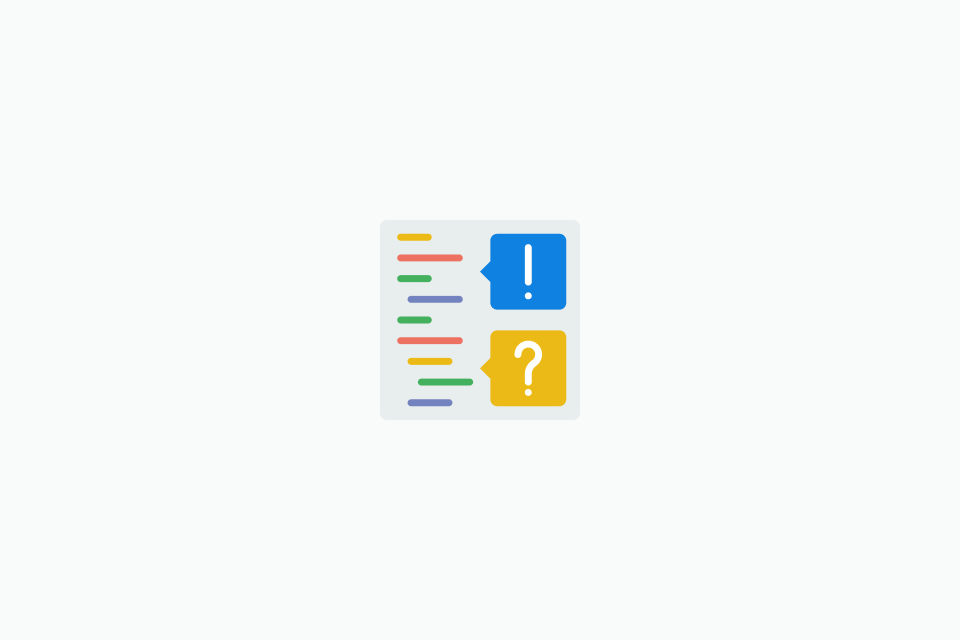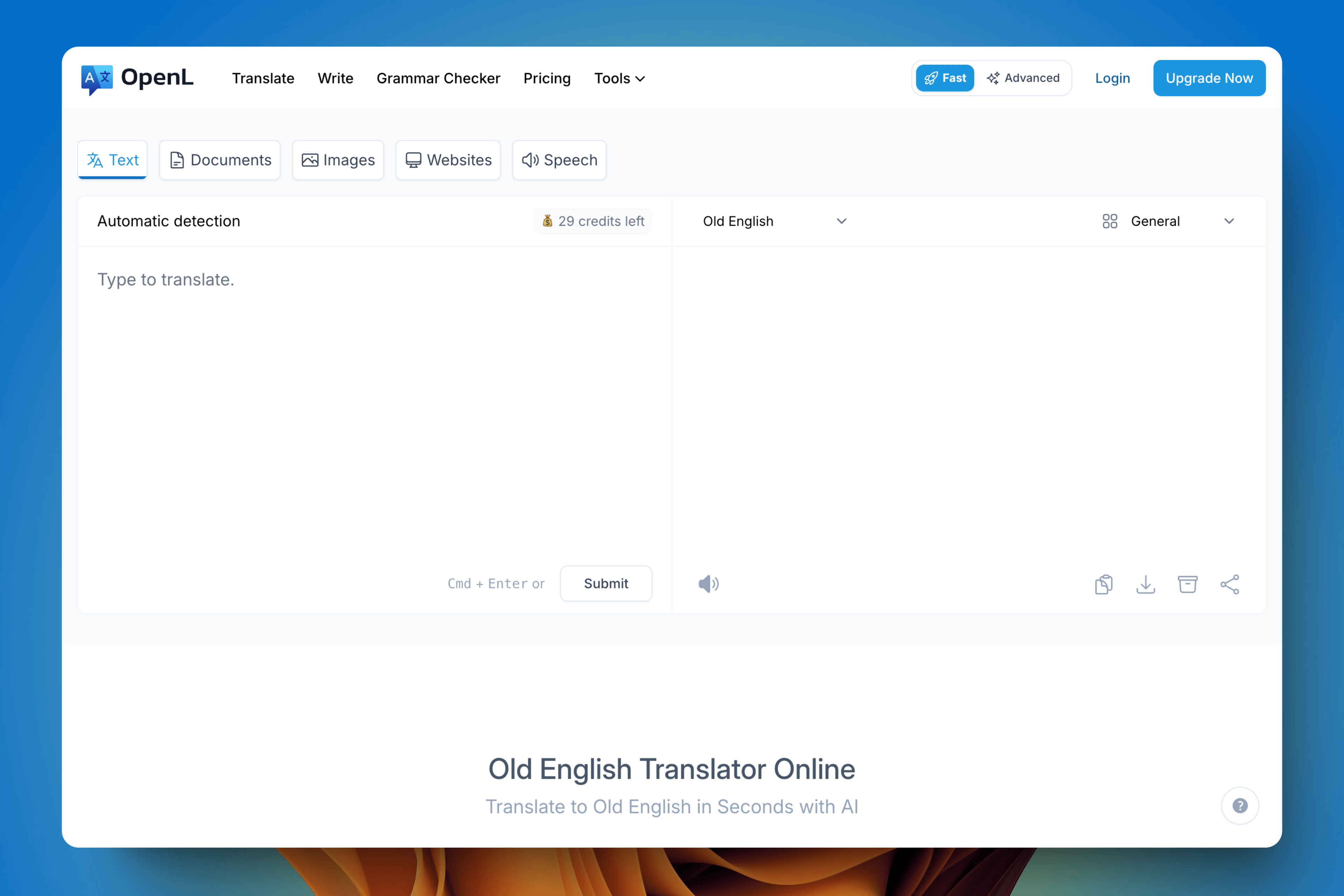
A practical guide to translating online course materials so you can learn from the world's best universities in your own language.

Learn effective strategies, tools, and best practices for translating Markdown documents while preserving formatting and structure

A practical, step-by-step guide to translating research papers accurately and professionally, from terminology and structure to tooling and collaboration.

A practical, repeatable checklist to keep translations accurate, on-brief, and launch-ready—covering scope, terminology, locale rules, data integrity, automation, and final handoff.

Discover 30 popular Gen Z slang words shaping conversations in 2025, complete with meanings, examples, and tips for accurate translation or adaptation.

Turn a scanned PDF into an accurate translation by cleaning the source, running reliable OCR, and rebuilding the layout with QA safeguards.

A fast, reliable workflow to translate business emails with the right tone, formatting, and locale conventions—plus subject lines, templates, and a 30‑second QA checklist.

Same strings mean different things across locales. Learn what changes (dates, times, numbers, currency), the business impact, common pitfalls, and concrete best practices with implementation and QA checklists.

Practical, tool-agnostic tactics to boost translation quality across documents, websites, and multimedia - clear steps you can apply today.

A rigorous, field-tested checklist for professional translation proofreading: meaning, terminology, style, locale conventions, numbers, formatting, and QA tooling.

Turn scribbled notes into searchable translated text in minutes with a phone camera, OCR, and the right translation workflow.

Pack a travel-ready translation stack before your next international trip with this phone prep checklist covering offline apps, phrasebooks, and must-have shortcuts.

Mixed-language UI, broken formatting, wrong currencies, and confusing URLs are common i18n pitfalls. Learn why your localized site frustrates visitors—and how to fix it quickly.

Discover the hilarious and heartwarming stories behind holiday translations across cultures. From Christmas confusion to Halloween hijinks, learn how different languages handle festive celebrations.

Master international e-commerce expansion with this comprehensive translation guide. Learn cost-effective strategies for product descriptions, customer service, legal compliance, and platform optimization.

Translation errors can embarrass your business and confuse your audience. Learn the seven most frequent translation mistakes and proven strategies to avoid them in your international communications.

Translating your resume for international jobs involves more than language conversion. Learn exactly what to change, keep, and adapt for different countries to maximize your chances.

Translation tools sometimes produce awkward, unnatural text that sounds robotic or confusing. Learn why this happens and discover practical methods to get natural, professional translations.

Not everything should be translated. Learn which elements to keep in their original language to maintain clarity, professionalism, and meaning in your international communications.

Old English, or Anglo-Saxon, was spoken in parts of England and Scotland from the 5th to 11th century. It is a highly inflected language with complex grammar and a rich vocabulary, making it quite different from modern English. Understanding its grammar, historical context, and vocabulary is essential for translating Old English accurately.